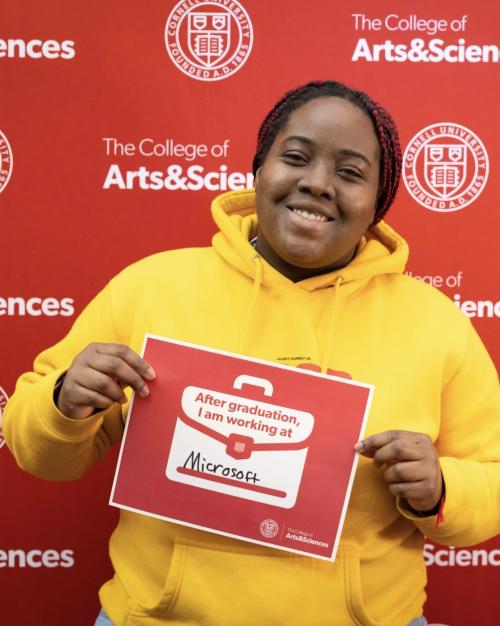Editors and other language mavens have long recognized that sentences containing subject relative clauses – as in, “The man who called the woman is friendly” – are easier to understand than those containing object relative clauses, such as, “The man who the woman called is friendly.” And indeed, this observation is borne out in laboratory experiments with French, English, German and many other European languages.
However, East Asian languages, such as Chinese, Japanese and Korean, have a different sentence structure, one where the boldfaced relative clause comes before the noun it modifies (man). Does this mean that East Asians “process” language differently than their Western counterparts? In a paper recently published in the Journal of East Asian Linguistics, John Hale, associate professor of linguistics, and colleagues say no.
Using a novel combination of mathematical methods, they suggest that comprehension in Asian languages works in much the same way as it does in European languages.
The new results rely on a way of quantifying just how hard each word is to understand. Hale and co-authors applied this technique to relative clauses in Chinese, Japanese and Korean, yielding quantitative predictions about the expected degree of comprehension effort across each word.
These theoretical difficulty profiles matched the difficulty profiles observed in laboratory experiments with native speakers of Chinese, Japanese and Korean. The points of greatest difficulty were those to which the model assigned the most information to be processed.
Hale notes that this explanation is the same as the one given for English – the amount of information indexes the difficulty that people have.
“Under the hood, Chinese, Japanese and Korean comprehension isn’t different – even though the word order is superficially different,” Hale said.
The paper co-authors include Jiwon Yun, Ph.D. ’13, now at Stony Brook University, and Zhong Chen, Ph.D. ’14, now at the Rochester Institute of Technology, both of whom completed their graduate studies in linguistics with Hale at Cornell. The team also includes former postdoctoral associate Tim Hunter, now at the University of Minnesota, and John Whitman, professor of linguistics and member of Cornell’s East Asia program. The research was supported by a National Science Foundation CAREER award to Hale.




